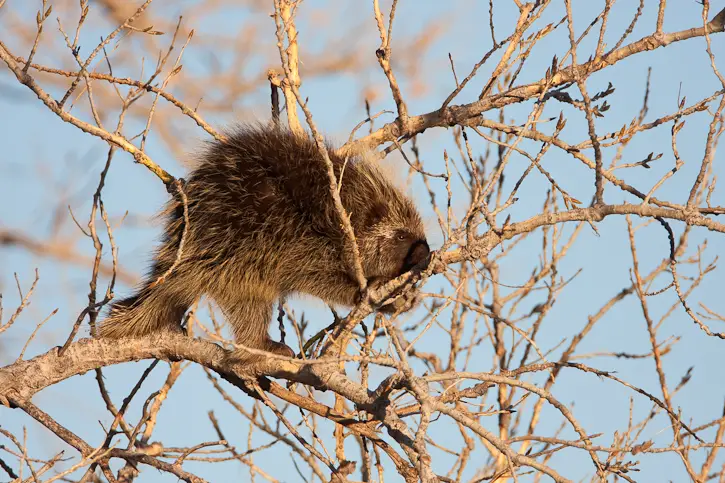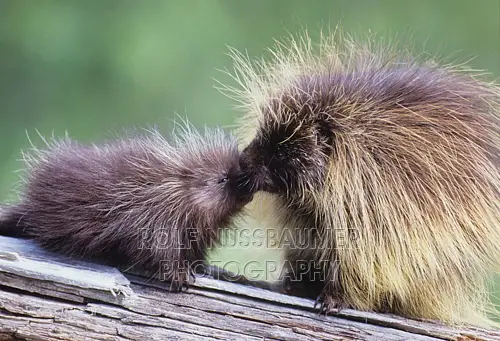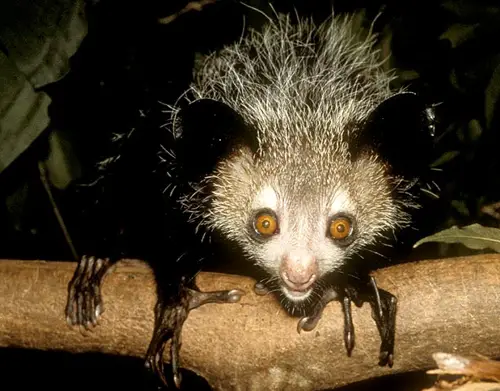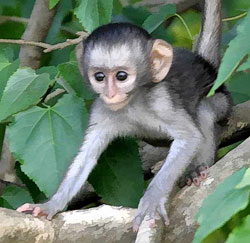North American Porcupine
The North American Porcupine is a large rodent, native to the North America. These spiked mammals spend most of their time in trees higher than 30 metres. From first glance it might seem somehow weird that this animal lives in trees, but in fact this porcupine is very well adapted to the above-ground lifestyle.
The lifestyle of these mammals can be described as “slow but steady”. Their movement is slow and somewhat uneasy, but they are good climbers and moving along the trees is not a problem. Their paws are hard and equipped with sharp claws, that make climbing easier. North American Porcupines are usually 60-70 cm long and weigh up to 7 kilograms.
This species of porcupine live in North American forests, preferring mixed forests but they can adapt to living in bushy areas or even sandy deserts. Each individual has multiple shelters in cliff gaps or tree cavities. They have a conservative lifestyle which means they mostly move through known paths and stick to a certain area. Only in summers these porcupines dare venture away from their home territory, although not too far.
North American Porcupines feed on tree barks, leaves, seeds and fruit. In summer they are often seen visiting meadows to feed on the newly sprout grass. Many forest rangers dislike these animals, as they constantly chew off tree barks, often damaging the forest vegetation. Therefore the numbers of this species are often thinned to reduce the damage they do to forest areas.
In the past, this porcupine was an easy target for hungry colonists and natives. Due to the lazy nature of this animal, they were easily hunted and their meat was widely used, as well as the spikes, that the Native Americans used for decorating. Nowadays, the North American Porcupine are still occasionally hunted for their meat, but more often exterminating these animals happens for the sake of the forests. A mature porcupine has about 30 thousand spikes, which is why many animals avoid it, although one of the few natural enemies – the marten can and will hunt the porcupines very efficiently. For instance, after introducing marten in the Michigan Lake area, the porcupine population there reduced by 76 percent.
Male specimen usually lead solitary lives, and only meet other individuals during the mating season in late fall and early winter. After copulation, the males completely disregard the females. Gestation period is relatively long – more than 210 days, and the cubs are born well developed already. A few weeks after birth the younglings already climb trees with their mother, although they start independent lives only after a few months. Northern American Porcupines live up to 17 years in the wild.
Currently, this species is not endangered. Actually, they’re often treated as pests and exterminated. Having so few natural predators, the population of these animals is not in danger.




